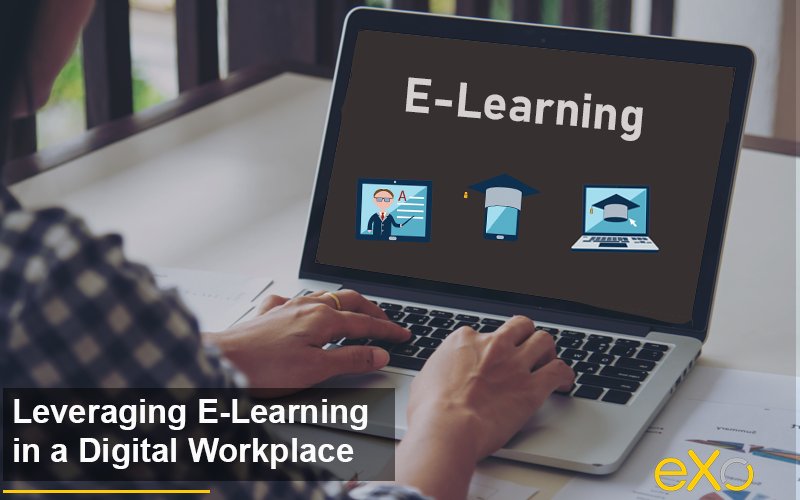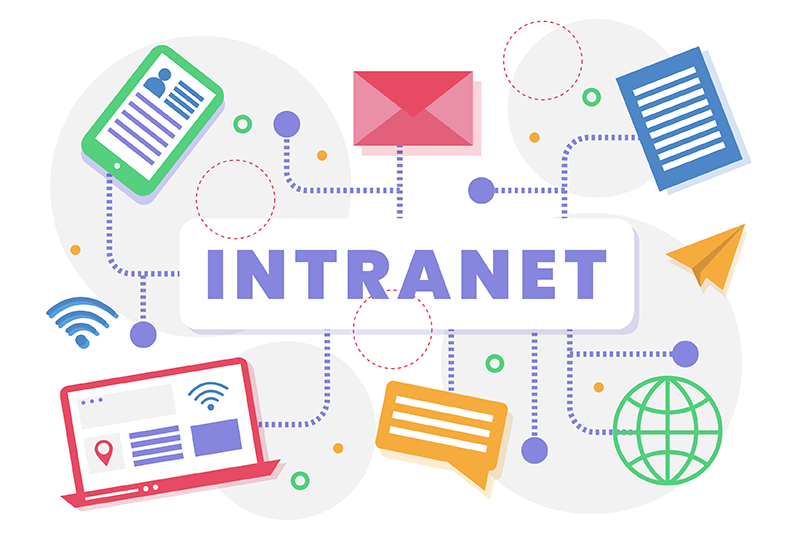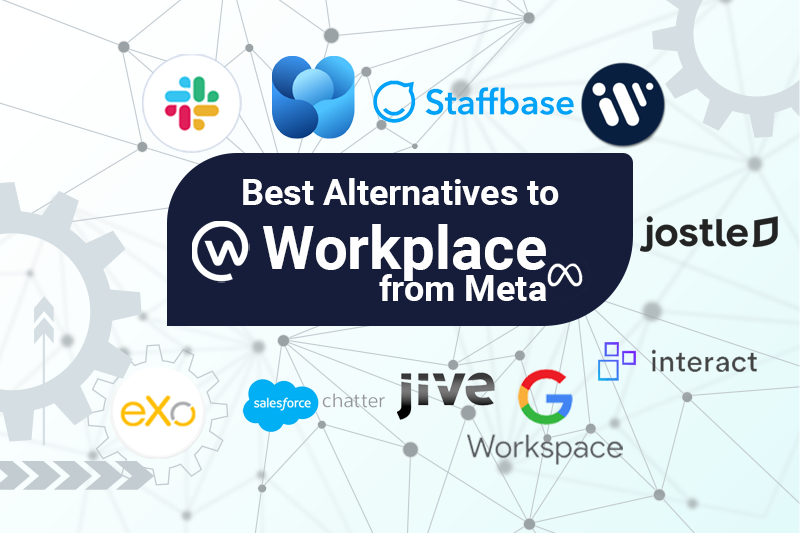- Brahim Jaouane
- January 10, 2019
Key benefits of having a learning base within your digital workplace

Content
1. Accessible and timely knowledge
An integrated learning base will help address these issues as it can act as a centralized location serving different types of knowledge to your workforce (files, videos, PowerPoint slides, webinars, e-books, infographics, etc.). Employees can access dedicated learning spaces anytime, from different locations and using different devices.

FREE WHITE PAPER
Types of Digital workplace solutions
The modern workplace has evolved significantly in recent years, with advancements in technology, the growing number of tools …
2. Cost effective
3. Customizable, self-paced learning for employees
4. Measure effectiveness for further improvements
Common metrics to keep in mind are
 Preferred learning content
Preferred learning content
 Level of engagement with the solution
Level of engagement with the solution
 Learning achievements
Learning achievements
tools and information

Related posts
- All
- eXo
- Digital workplace
- Employee engagement
- Open source
- Future of work
- Internal communication
- Collaboration
- News
- intranet
- workplace
- Knowledge management
- Employee experience
- Employee productivity
- onboarding
- Employee recognition
- Change management
- Cartoon
- Digital transformation
- Infographic
- Remote work
- Industry trends
- Product News
- Thought leadership
- Tips & Tricks
- Tutorial
- Uncategorized
Laisser une réponse
Le télétravail renvoie en particulier à l’utilisation des moyens technologiques pour travailler à distance du bureau. De même, le travail à distance implique la distance du dit bureau. Ces termes renvoient à une activité similaire.
En revanche, le travail à domicile, bien qu’employé souvent dans le même contexte que les deux termes précédents, peut aussi indiquer le mode de travail par défaut d’une personne. Ainsi, un médecin exerce souvent à domicile, sans que cela soit du télétravail ou du travail à distance.


